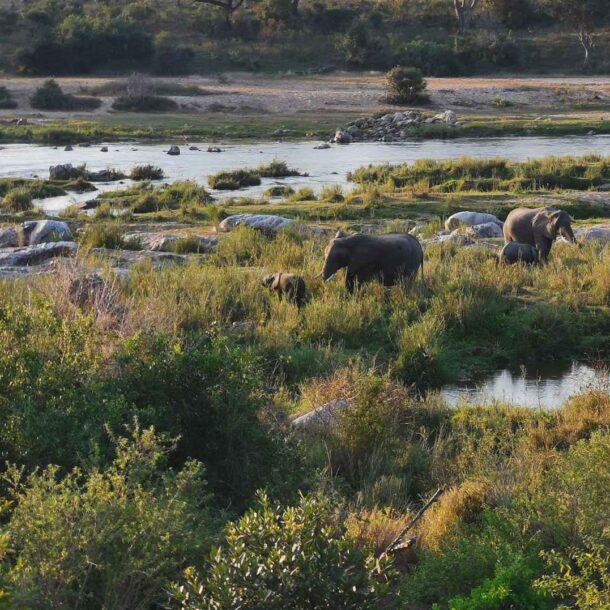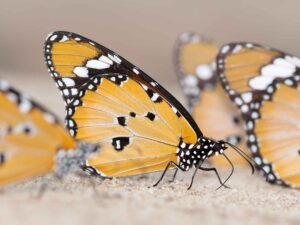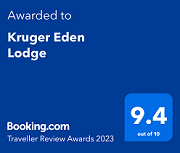
-
Buffel street 4457/4610
Marloth Park 1321
Mpumalanga
South Africa
Tel.: +27 (0)711961679
[email protected]

Part I: What to photograph with?
Whatever you read here, please always remember rule #1 of photography:
“There are no immutable rules in photography!”
When it comes to photography, the first thing you need to decide is what you’re in the mood for:
1. Just a picture for your own reminder
2. Something you only want to show your friends and family
3. Semi-professional printouts or presentations
4. Professional images for competitions or even sales
For 1. and 2. any better smartphone is often sufficient. In fact you can see a lot of smartphones taking footage in the Kruger Park these days. Well-habituated animals are the reason why this is even possible. This means that the animals in the Kruger Park have become accustomed to the vehicles over a longer period of time and do not see them as enemies or prey. This habituation could develop because the animals do not have bad or tasty experiences with the vehicles. This allows you to get very close to the animals.
If you also want to print out or show pictures publicly, smartphones are is usually not enough. Then a completely different world begins, with a variety of possibilities depending on budget, photographic worldview and quality standards.
In order to orient yourself quickly, here is my conclusion and my recommendation. You can then read the reasons for this in the text below:
Simple Claims:
Smartphone and/or super zoom camera
High demands:
1-2 Micro Four Thirds or APS-C cameras with 2 zoom lenses (e.g. 100-400 mm and 12-100 mm)
Professional Claims:
1 mirrorless full frame camera with medium zoom (e.g. 70-300 mm)
1 mirrorless full-frame camera with higher resolution and a long fixed focal length (e.g. 400/500/600 mm)
1-2 additional interchangeable lenses (wide angle/medium zoom or travel zoom)
Optional: 1 full frame system for macro shooting (camera, macro lens, flashes). Macro photography is only possible to a very limited extent on the game drives. You can take suitable motifs such as lizards, insects or details in the lodge or during the breaks.
If you hesitate to buy more advanced equipment for mybe just this one vaccation, you can also hire.
If you want to dive deeper into the technical ocean, just read the following lines.
I.1. The right sensor format
This is a very fundamental decision. The smaller a sensor is, the lower the potential resolution and thus the possible size of the printouts. But the weight is also lower, especially the lenses. The depth of field, on the other hand, is greater, which is sometimes desirable, but sometimes not, and handling is usually easier. The list below is not complete. There are other formats. In fact, many photographers own several cameras with different sensors at the same time in order to be prepared for very different situations.
I.1.a. One inch and smaller
These sensors are usually installed in small compact cameras and are often only sufficient for small-format printouts. You also have to get quite close to the animals. Interchangeable lenses and larger focal lengths are rather rare, except for the superzoom models but the cameras are very light and quickly ready for use. However, the small size does not necessarily mean that the cameras are cheap. Only conditionally suitable for animal photography.
I.1.b. Micro Four Thirds (MFT)
The name indicates the aspect ratio of 4:3. These cameras are already suitable for medium-sized printouts and some are even used professionally. The decisive advantage is the low weight. Panasonic and Olympus in particular offer some interesting systems with interchangeable lenses and long focal lengths. Well suited for animal photography, especially when traveling and hiking, if no large image enlargements or image sections are planned.
I.1.c. APS-C
This is an aspect ratio of 3:2. This format was also very popular in professional use. In the meantime however, ever larger pixel numbers are making the Micro 4/3 format very interesting as a light alternative and the mirrorless full format is causing customers to migrate to the upper end. If you don’t have the budget to use a smaller system in addition to the full format, you will find a good compromise here. Very well suited for animal photography, especially if no other systems are taken along.
I.1.d. full frame
This format essentially corresponds to the previously known slide or 35mm negative with approx. 24 x 36 mm. As long as you absolutely needed a mirror in the camera to see the same image section in the viewfinder as you photographed, the cameras and lenses were quite heavy. This has fundamentally changed with the mirrorless systems. There is also a huge selection of specialized cameras, accessories and lenses for this format. This is the domain of Canon, Nikon, Sony and others, of which Sony has the most adcvanced system with its alpha 1 and alpha 7 family cameras. Excellent for wildlife photography when weight and size are not an issue.
I.1.e. medium format and large format
These formats are mainly used by specialists and in the studio because the technology is very heavy and/or expensive. It is therefore not considered further here.
I.2. The appropriate focal length
The focal length essentially indicates the magnification. The larger the focal length, the larger the original is imaged on the sensor. As a result, the sensor size of the camera appears to affect the focal lengths of the lenses, since the images take up different amounts of space on different-sized sensors at the same magnification. This effect is called “crop”. For example, since an MFT sensor is only half the size of a full-frame sensor, the crop factor is 2.0. So if you capture a motif to fill an MFT sensor with a 400 mm lens , you would need an 800 mm lens for full format. This is often given as a reason to prefer using APS-C or MFT, but this is a misunderstanding. When using the same focal length on different sensors, the imaged object will have exactly the same size in both cases. With the same pixel density on the sensor, the possible magnification would also be identical. Only those who basically do not edit their pictures would have an advantage, but many disadvantages. The focal length is therefore always given in relation to a full-frame sensor. Prime lenses tend to have better resolution and zoom lenses are more flexible. For example, lenses can be classified as follows:
Wide angle (focal length below 35 mm, e.g. landscape shots)
Normal lenses and light telephoto lenses (focal length approx. 40-80 mm, e.g. animal portraits)
Telephoto lenses (focal lengths over 80 mm, e.g. animal details/small animals and shots from a longer distance)
If you want to take detailed pictures of animals or also want to photograph animals that are further away, you cannot avoid lenses with a focal length of min. 300 mm or more. If necessary, teleconverters can also be used, which increase the focal length mostly by factors between 1.4 and 2.0. However, these affect the light intensity and the imaging quality.
I.3. Maximum lens aperture
The term is somewhat confusing, especially since the maximum lens aperture is identical to the minimum f-number. This means the smaller the f-number specified or set on the lens, the more light can get through the lens to the sensor. The maximum lens aperture thus primarily indicates how fast the lens is. The faster a lens is, the more suitable it is for low light and the more leeway there is in terms of exposure time and the light sensitivity of the sensor. Max aperture of 2,8 is though very desirable for all medium and longer lenses. But the larger the maximum lens aperture, the larger the diameter of the front lens and thus the total weight. There is an 2,8 / 200-500 mm Zoom from Sigma that adds more than 15 kg to your luggage!
Buffel street 4457/4610
Marloth Park 1321
Mpumalanga
South Africa
Tel.: +27 (0)711961679
[email protected]
Buffel street 4457/4610
Marloth Park 1321
Mpumalanga
South Africa
Tel.: +27 (0)711961679
Fax: +27 (0)711961679
[email protected]

| Cookie | Duration | Description |
|---|---|---|
| cookielawinfo-checkbox-analytics | 11 months | This cookie is set by GDPR Cookie Consent plugin. The cookie is used to store the user consent for the cookies in the category "Analytics". |
| cookielawinfo-checkbox-functional | 11 months | The cookie is set by GDPR cookie consent to record the user consent for the cookies in the category "Functional". |
| cookielawinfo-checkbox-necessary | 11 months | This cookie is set by GDPR Cookie Consent plugin. The cookies is used to store the user consent for the cookies in the category "Necessary". |
| cookielawinfo-checkbox-others | 11 months | This cookie is set by GDPR Cookie Consent plugin. The cookie is used to store the user consent for the cookies in the category "Other. |
| cookielawinfo-checkbox-performance | 11 months | This cookie is set by GDPR Cookie Consent plugin. The cookie is used to store the user consent for the cookies in the category "Performance". |
| viewed_cookie_policy | 11 months | The cookie is set by the GDPR Cookie Consent plugin and is used to store whether or not user has consented to the use of cookies. It does not store any personal data. |